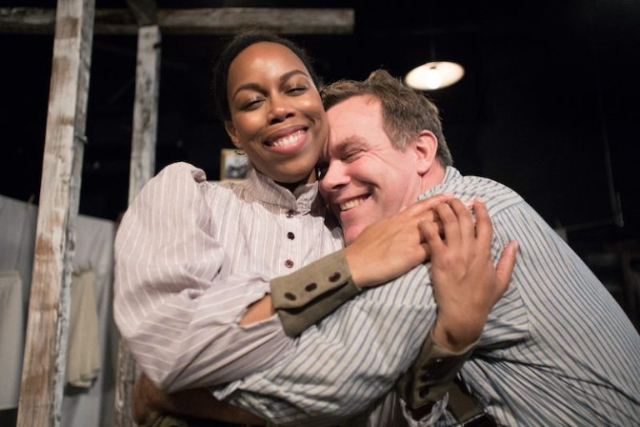

Like anyone, she has a social circle, a love interest, hobbies. Mildred, in particular, is a vibrant character, with a rich and complex inner life. The vignettes in Like One of the Family humanize Mildred and Marge, the kind of women who were often invisible in plain sight, taken for granted if they were noticed at all. Childress is an engaging and immersive storyteller, and in her capable hands, she makes it so very easy to understand the lives of her characters and those they stand for. The novel is also shaped by wit and warmth. In each vignette, Mildred offers sharp insights into the nature of domestic work, race, and class, and what it meant to be a black woman, in mid-20th-century America.

The novel is composed of a series of conversations between Mildred, a domestic worker, and her friend Marge.

This dearth of inclusive representation in literature makes the 1956 Alice Childress novel Like One of the Family all the more remarkable for its grace and prescience. If no one knows our stories, how can they care about our lives? It is, perhaps, no wonder that there has often been little empathy for those of us who are different. For far too long, there has been a dearth of stories about those of us who are, in some form or fashion, marked by difference.

I also think a great deal about representation-whose stories are being told, by whom, and why. A 2013 study by researchers at the New School found that reading literary fiction improves our capacity for empathy. And it seems my instinct to read to understand others was well directed. I have always been an avid reader, and I have turned to books for many reasons-solace, entertainment, to satisfy my voracious curiosity about the human condition. We get so wrapped up in our lives that it is difficult to truly try to understand the lives of others. I think a lot about the nature of empathy, because true empathy can be so elusive.


 0 kommentar(er)
0 kommentar(er)
